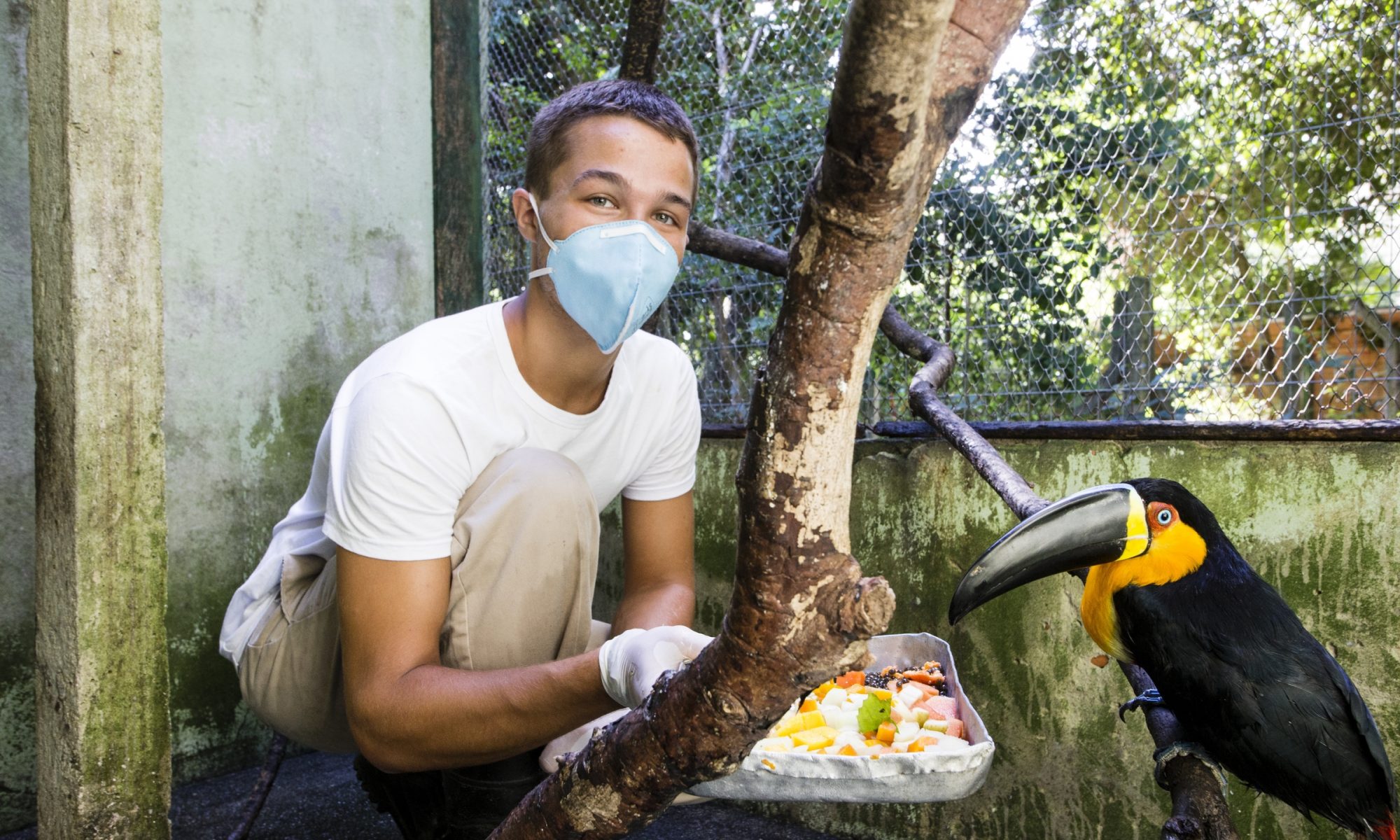By: Nicholas Marusic
After a 24-hour trek across two oceans and the world’s seventh busiest airport, the 2023 ALLIES Joint Research Project (JRP) team finally made it to Malaysia. This year’s trip, as always, included both midshipmen from the US Naval Academy and cadets from the US Military Academy. I am also joined by two fellow Jumbos, Caroline Koon (A26) and John McIntyre (A25). For the first time, however, the research project would be split between two countries – Malaysia and Singapore. This played well into our research question, which aims to understand the effect of the US-China power struggle on the economy and national security of both of these nations. In a broader sense, all ASEAN members face a similar challenge in choosing who to accept foreign aid from, conduct military operations with, and ultimately, hedge their future on. In that regard, Malaysia and Singapore’s strategic location along the Strait of Malacca and economic success make them ideal case studies for such a relevant topic in international relations.
Our first round of interviews began an hour south of Kuala Lumpur at Universiti Sains Islam Malaysia, where three professors who specialized in maritime security presented their latest work and gave us the chance to ask questions and discuss future outlooks for the region. A big takeaway was that nuclear submarines pose a threat to the Strait of Malacca given the channel’s relatively shallow waters, as well as the US and China’s buildup of such submarines. Since international law of the sea defines the strait as a transit passage, a class of straits that are so major that individual countries cannot obstruct the flow of vessels through them. Malaysia has difficulty mitigating this risk.
The next stop was a more casual reception hosted by a former Royal Malaysian Navy captain who graduated from USNA. The more laid-back nature of this event allowed us to discuss the topic freely with him and his colleagues over traditional Malaysian food. Among other things, one of my biggest takeaways is that Malaysian coconut crepes are far better than the French ones.
While adjusting to the time zone, we found enough energy to do some sightseeing and check out both Islamic and Hindu religious sites, including the famous Batu Caves. This is evidence of Malaysia’s multiethnic culture, which has been fascinating to observe and compare to America’s diversity. We’re looking forward to our embassy visit early next week, after which we head to Singapore for a second week of interviews, research, and writing.
